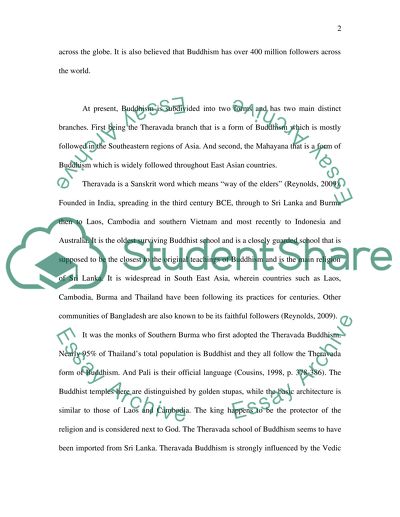Cite this document
(“The Relevance of Buddhism Essay Example | Topics and Well Written Essays - 1250 words”, n.d.)
Retrieved from https://studentshare.org/religion-and-theology/1555210-the-relevance-of-buddhism
Retrieved from https://studentshare.org/religion-and-theology/1555210-the-relevance-of-buddhism
(The Relevance of Buddhism Essay Example | Topics and Well Written Essays - 1250 Words)
https://studentshare.org/religion-and-theology/1555210-the-relevance-of-buddhism.
https://studentshare.org/religion-and-theology/1555210-the-relevance-of-buddhism.
“The Relevance of Buddhism Essay Example | Topics and Well Written Essays - 1250 Words”, n.d. https://studentshare.org/religion-and-theology/1555210-the-relevance-of-buddhism.


